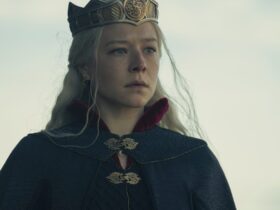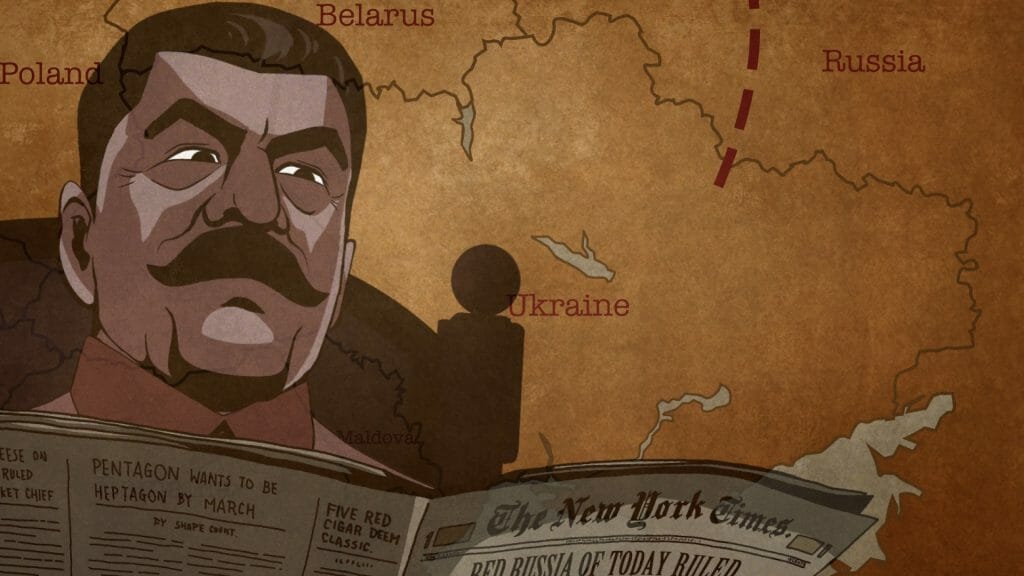Joseph Stalin’s ascent to the pinnacle of Soviet power is a story that intertwines with the tumultuous history of the 20th century, marked by revolution, conflict, and profound social transformation. His rise from obscurity to become one of history’s most notorious dictators is a testament to his political cunning, ruthlessness, and the unique circumstances that propelled him into the annals of infamy. Stalin’s era was characterized by massive industrialization, collectivization, and the establishment of a regime that would leave an indelible mark on the Soviet Union and the world.

Joseph Stalin Early Life and Political Beginnings
Born in 1878 in Gori, Georgia, to a cobbler and a housemaid, Stalin’s early life was steeped in hardship. His journey from the seminary student to a Marxist revolutionary was influenced by the oppressive regime of the Russian Empire and the burgeoning revolutionary movement against it. Stalin’s involvement with the revolutionary movement began in earnest at the turn of the century, joining the Russian Social Democratic Labour Party and later aligning himself with the Bolshevik faction led by Vladimir Lenin.
Rise Through the Bolshevik Ranks

Stalin’s rise within the Bolshevik ranks was marked by his role as a fierce and sometimes brutal enforcer of the party’s interests. His participation in bank robberies, kidnappings, and extortion campaigns to fund the Bolshevik cause during the years leading up to the Russian Revolution of 1917 showcased his commitment to the movement and his willingness to engage in criminal activities for its advancement. Following the Bolshevik seizure of power, Stalin’s administrative capabilities and his position as General Secretary of the Communist Party allowed him to consolidate power by appointing loyalists throughout the party and government apparatus.
The Struggle for Power

After Lenin’s death in 1924, Stalin emerged victorious in the power struggle against his rivals within the party, notably Leon Trotsky, Grigory Zinoviev, and Lev Kamenev. Through a series of political maneuvers, alliances, and purges, Stalin managed to sideline his competitors and assume undisputed control over the Communist Party and the Soviet state. His ideology of “Socialism in One Country” marked a departure from Lenin’s emphasis on worldwide proletarian revolution, focusing instead on strengthening the Soviet Union’s industrial and military capabilities.
Industrialization and Collectivization
Stalin’s vision for the Soviet Union was one of rapid industrialization and the collectivization of agriculture, aimed at transforming the country into a modern socialist state. The Five-Year Plans, launched in 1928, sought to accelerate the development of heavy industry and increase agricultural production through the collective farming system. While these policies led to significant industrial growth, they also caused widespread suffering and famine, most notably the Holodomor in Ukraine, where millions perished due to forced collectivization and grain requisitions.
The Great Purge
The consolidation of Stalin’s power was further solidified through the Great Purge of the late 1930s, a brutal campaign of political repression aimed at eliminating any real or perceived opposition within the party, the military, and the general population. The purge led to the execution of hundreds of thousands and the imprisonment and exile of millions more in the Gulag system of forced labor camps. The purge weakened the military and the party, instilling a climate of fear and suspicion that permeated Soviet society.
World War II and Beyond
Stalin’s role during World War II, or the Great Patriotic War as it was known in the Soviet Union, was marked by both strategic missteps and pivotal decisions that contributed to the defeat of Nazi Germany. His initial non-aggression pact with Hitler in 1939, followed by the German invasion of the Soviet Union in 1941, showcased the volatility of Stalin’s foreign policy. However, his ability to mobilize the Soviet Union’s resources and people played a crucial role in the eventual victory.
The post-war period saw Stalin further cement his control over Eastern Europe, establishing communist regimes in the region and initiating the Cold War with the West. His death in 1953 left a legacy of terror, but also of industrial and military might that had transformed the Soviet Union into a superpower.
Conclusion
Joseph Stalin’s rise from a modest background to the leader of the Soviet Union is a stark reminder of how power, ideology, and personality can shape the course of history. His legacy is complex, characterized by the paradox of significant industrial and military achievements amidst widespread repression, famine, and suffering. Stalin’s era remains a critical chapter in the study of totalitarianism, the dynamics of power, and the human capacity for both greatness and cruelty.
Visit Unicorn blogger for more Articles & Blogs !






















Leave a Reply